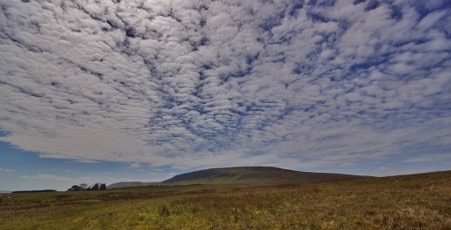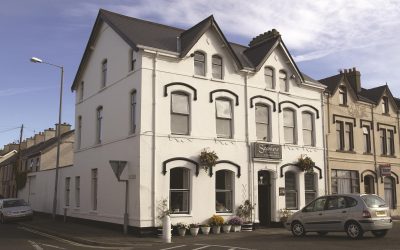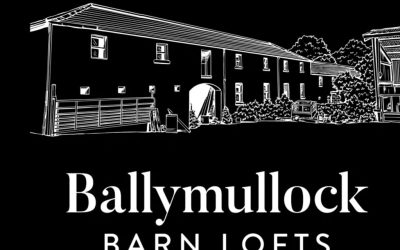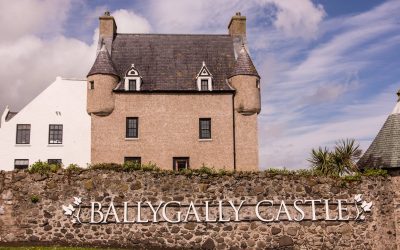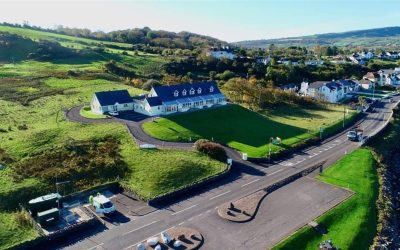The Ulster Way
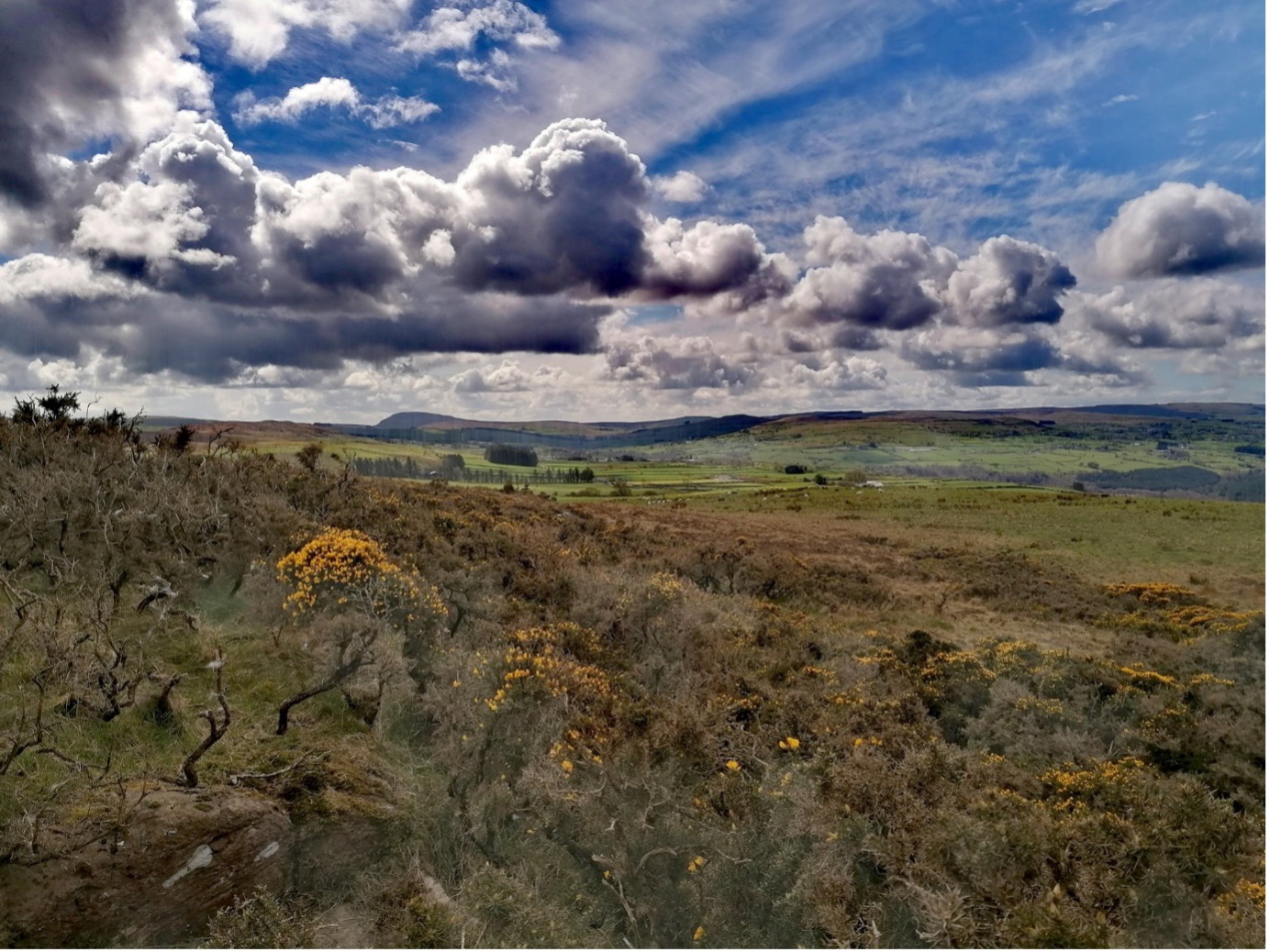
The Ulster way is a 636 mile (1,024km) circular walking route taking in the six counties of Northern Ireland. The route essentially encircles Northern Ireland with small sections in the Republic. Part of the Ulster Way passes through Larne. The Ulster Way is ideal for a range of walkers, from those looking to complete a long distance trail in one go as a through walk to those only seeking to explore sections of the route over a week or a couple of days.
Quality Sections of this walking route are mainly on already established Waymarked Ways which are predominately off road, pass through Areas of Outstanding Natural Beauty and are waymarked throughout their length. The Link Sections are not waymarked and are mainly on public roads, some which can be very busy. Walkers are actively encouraged to make use of public transport along the sections so they can make best use of their time on the more attractive Quality Sections.
There is full information on the Ulster Way and all routes plus accommodation at Walk NI: https://walkni.com/ulster-way/long-distance-walk/suggested-iteneraries/
A walk listed as 2 days, 20 miles is the Antrim Hills Way, which cuts a scenic route through the Antrim Coast & Glens Area of Outstanding Natural Beauty. It explores a high coastal plateau and encompasses some of the most enjoyable upland walking in Country Antrim. Dramatic scenery, isolated hills and fantastic history and archaeological sites are just some of the treats to offer.
The most striking formation in this section of the walking route is Sallagh Braes; a semi-circular basalt escarpment with wonderful views out to sea. Sallagh Braes was formed when glaciers cut into unstable slopes and caused a massive land slip, creating cliffs 2km long and 100m high.
The Glens of Antrim were on of the first areas to be colonised by humans and adjacent aptly locally named ‘carpark in the sky,’ The Linford Barrows are two prehistoric mounds thought to be burials sites dating from 4000 BC.
There is plenty of flora and fauna to be seen, with sightings of animals including the Irish Hare, Red Grouse and the large Heath Butterfly.
Photos by: Bill Erdis & Gavin Ferguson

